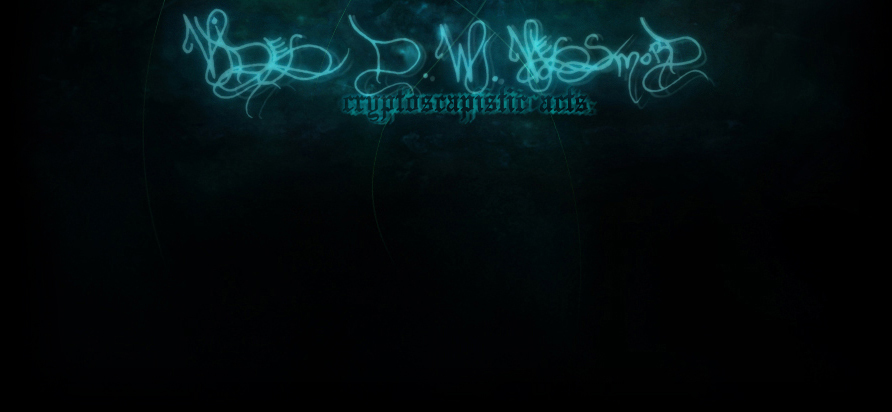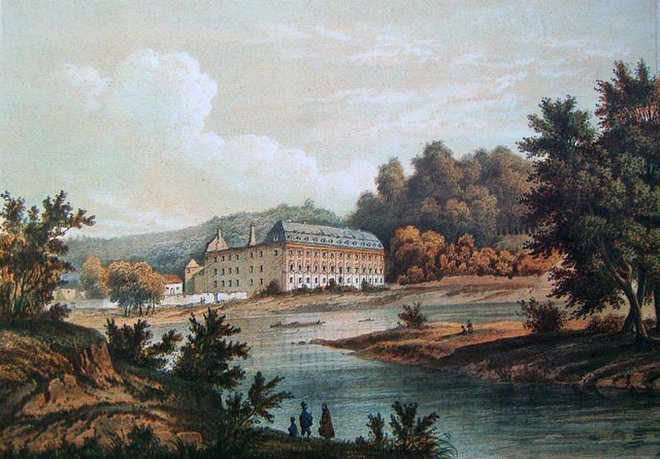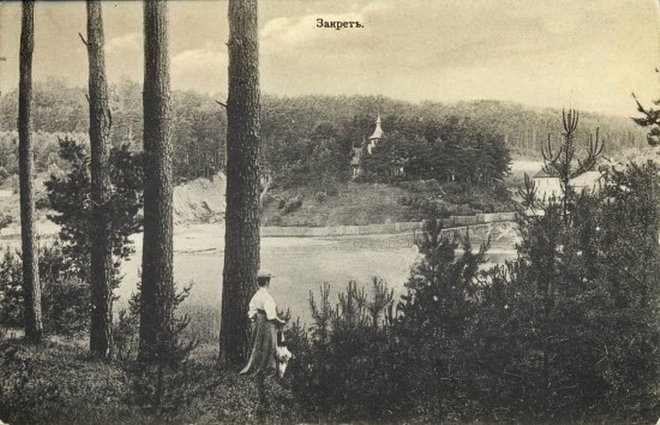-
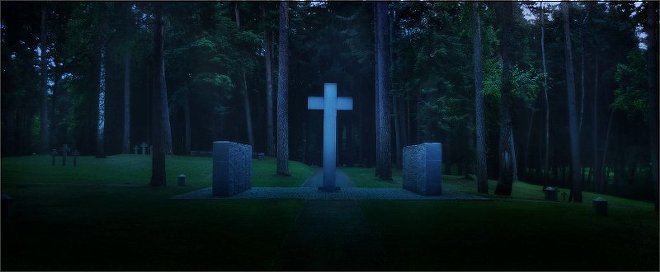
-
During World War I site near present park Vingis became official cemetery, where hundreds of soldiers were buried including German, Austrian, Turkish, Russian, Hungarian and Polish armies. 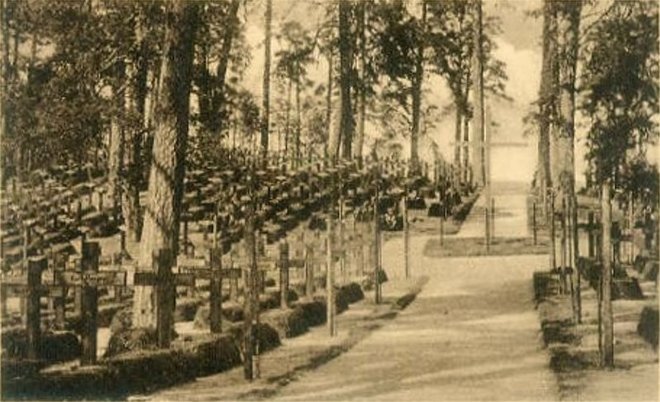 During 1930s in the park of Zakret Polish army built a warehouse and a narrow gauge railway for military needs. The train was functioning throughout the park, crossing the bridge and moving towards other districts of Vilnius.
During 1930s in the park of Zakret Polish army built a warehouse and a narrow gauge railway for military needs. The train was functioning throughout the park, crossing the bridge and moving towards other districts of Vilnius.
Right after WWII Soviet Army demolished the cemetery. During demolition of cemetery in this place there were found remains of Jewish victims of plague, buried on this site in 1710. In 1950s this park was once again used for leisure and events.
In times of 1960-1970 Vilnius went through the rapid improvement in infrastructure.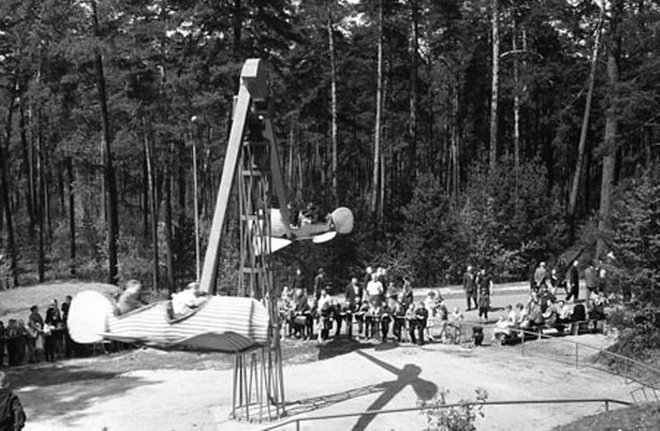 This place then called Vingis in 1965 was reconstructed and became widely used by people for mass events and leisure. Cemetery of park Vingis were demolished and the area became an amusement park up until early 1990s.
This place then called Vingis in 1965 was reconstructed and became widely used by people for mass events and leisure. Cemetery of park Vingis were demolished and the area became an amusement park up until early 1990s.
View on Google mapsAfter Lithuanian independence and the fall of Soviet Union this site was abandoned and held as an unused space of Vingis Park. Facing new millennium cemetery was restored by Germans and taken into care of National Union for the Care of German War Graves and registered in the Cultural Heritage. In present days these authorities maintain it. 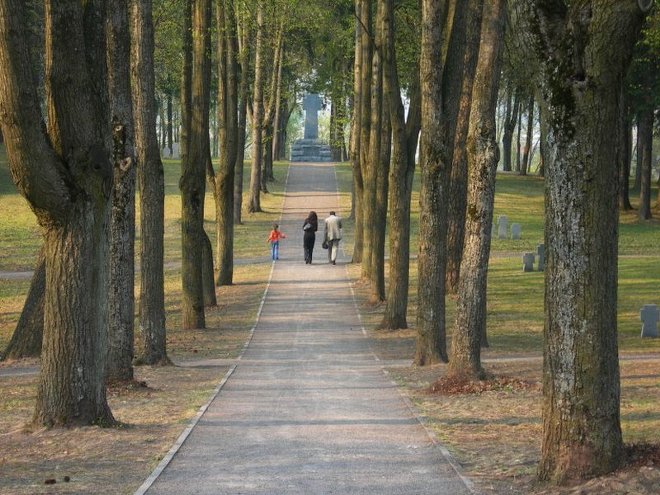
This page serves as a tribute to the places that were dwelling for my soul and the city of Vilnius. Photographs in the gallery were taken by Emi Vaičiūnaitė, Monika-Uele Daužickaitė, Jolanta Jarmolovičiūtė, Aistė Ustinavičienė, Valdas Striužas, Kastė Šeškevičiūtė, myself, various open public sources, personal archives and Register of Cultural Values between 2005 – 2012. I am deeply grateful for y’all who appreciate and respect this place.- V.D.W.V.
External links and resources worth visiting:
Флавиан Добрянский "Старая и новая Вильна"
Ефим Курганов "Шпион Его Величества. Апрель-июль 1812 г. Вильна"
Валентин Пикуль "Секретная миссия Нарбонна"
Закрет вчера - Вингис сегодня
1812 - Накануне героического юбилея
Исчезнувший дворец в парке Вингис
Репнинская часовня
miestai.net Radvilų (jėzuitų) rūmai Vingio parke
Вильна 1867-1875 в личных воспоминаниях
О героях былых времён
miestai.net Vilnius until 1918
Vilnius University Library
Heritage.lt
Vilna Ghetto
To read externally, open links in a new tab / window.
